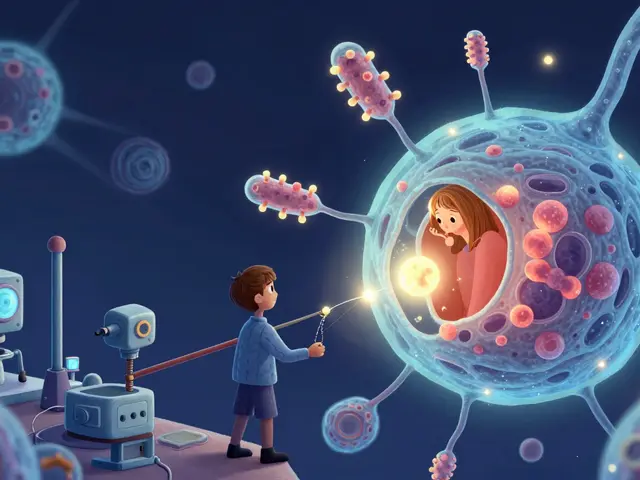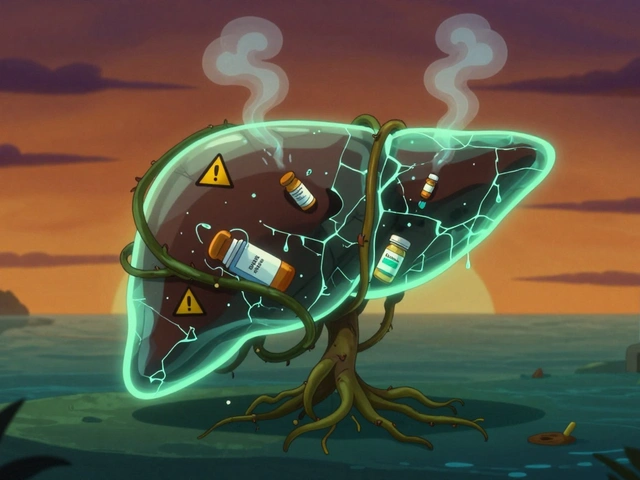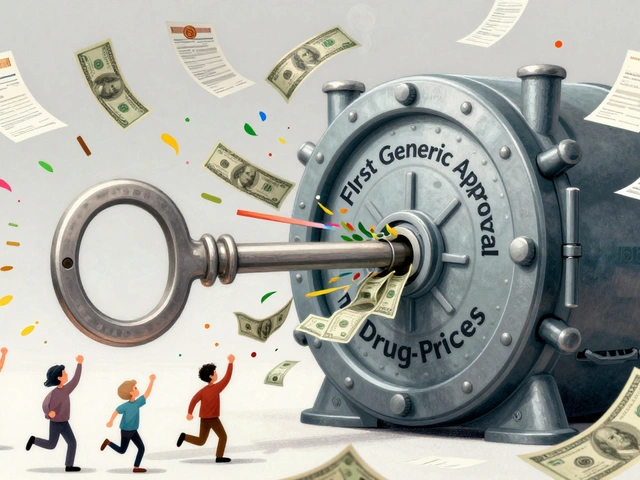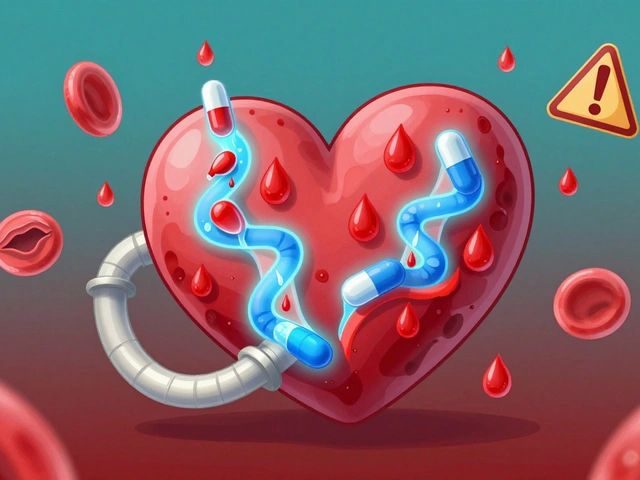Eye swelling: Causes, Quick Relief & When to See a Doctor
A swollen eye can show up fast — overnight or after an injury — and it throws your plans off. First things first: don’t rub the eye. Rubbing spreads irritants or infection. If you wear contacts, take them out. Gently rinse with clean water or sterile saline. Apply a cool compress for 10 to 15 minutes to reduce puffiness.
Common causes
Allergies are a leading cause: pollen, pets, or reactions to cosmetics. Infections such as conjunctivitis (pink eye), styes, or orbital cellulitis need different care. Trauma and insect bites cause sudden swelling. Tear blockage, sinus infections, and systemic issues like fluid retention, thyroid eye disease, or kidney problems can also cause puffiness.
Home care and when to see a doctor
If there’s mild redness and no pain, try home care first. Cool compresses reduce swelling. For painful, localized bumps like a stye, use warm compresses three to four times daily to help drainage. Over-the-counter antihistamines or antihistamine eye drops ease allergy swelling. Never put steroid drops in your eye unless a doctor prescribes them.
Seek immediate care if you have vision changes, severe pain, an eye that won't open, fever, or spreading redness. Orbital cellulitis is serious and can threaten sight — it needs urgent IV antibiotics. If swelling follows trauma or chemical exposure, go to the emergency room right away.
Timing: most mild swelling improves within 48 to 72 hours with rest and simple care. If you see no improvement in three days, or symptoms get worse fast, contact your healthcare provider.
Prevention tips: clean hands before touching eyes, replace old makeup every three months, and avoid sharing towels. If you wear contacts, follow the cleaning schedule and never sleep in lenses unless approved by your doctor. For seasonal allergies, start medication before pollen peaks.
Medicines and follow-up: your doctor might prescribe antibiotic drops for bacterial infections or oral antibiotics for orbital cellulitis. Steroid drops reduce inflammation but can raise eye pressure, so use under supervision. Don’t self-prescribe strong eye medicines.
If you’re unsure, take a photo and show it to a clinician or use a telehealth visit. Quick action can save sight and stop an infection from spreading.
Kids and babies: Eye swelling is common in infants due to blocked tear ducts. You can gently wash the eye with clean water and massage the small bump toward the nose with a clean finger for a few seconds, twice a day — ask your pediatrician first. For children with allergies, try oral antihistamines like cetirizine or loratadine at age-appropriate doses, but check with a doctor before giving any medicine.
What to avoid at home: Don’t squeeze or pop bumps. Avoid using expired eye drops or sharing them. Skip using tap water to make saline if it’s not boiled or sterile. Don’t apply antibiotic ointment unless a doctor tells you to. If someone has a chemical splash in the eye, rinse with clean water for at least 15 minutes and seek emergency care.
Keep a record of symptoms and photos to show your provider regularly.
How to Reduce Eye Swelling caused by Cosmetic Procedures
As a blogger who has experienced the effects of cosmetic procedures, I know that eye swelling can be a big concern. To reduce eye swelling, first, apply a cold compress for 10-20 minutes several times a day. Second, keep your head elevated, even when sleeping. Third, stay hydrated and maintain a balanced diet to promote healing. Lastly, consult with your doctor for any medications or additional advice tailored to your specific procedure. Follow these steps, and you'll be on your way to a smoother recovery.






